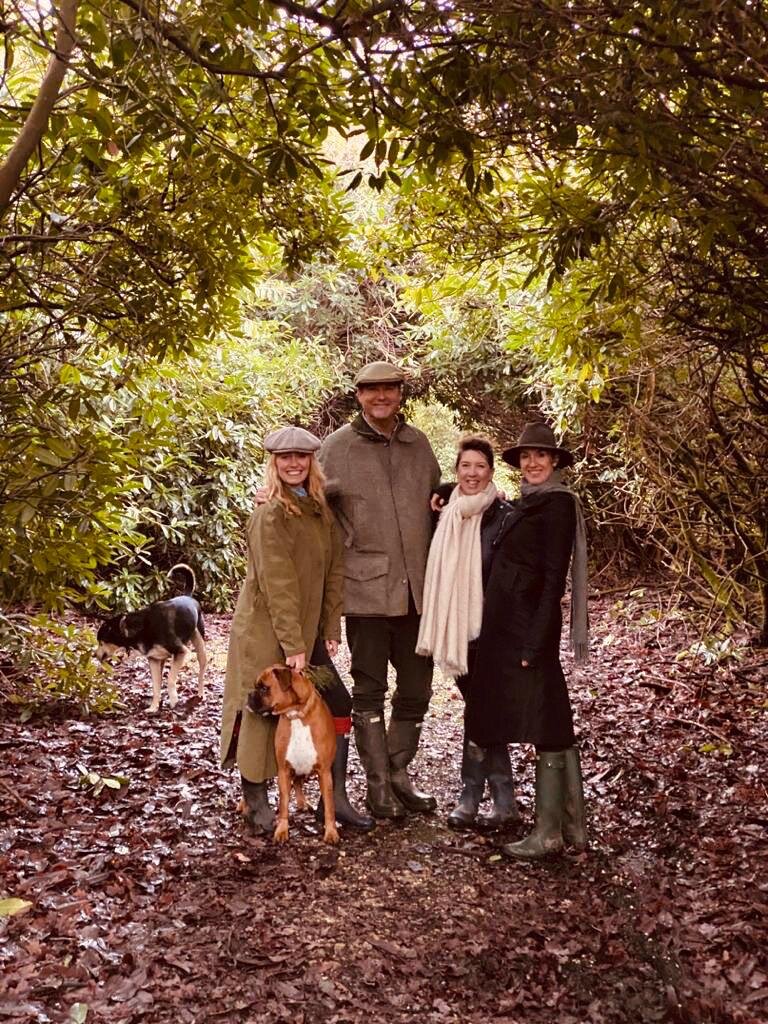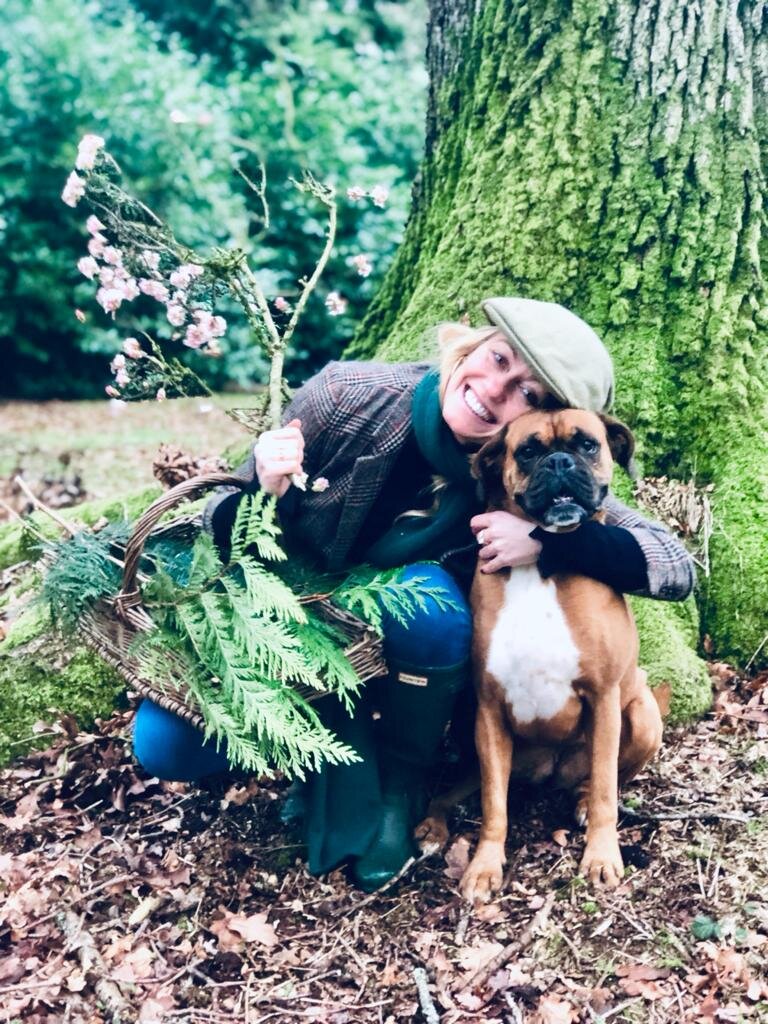Autumn Foraging
Autumn Foraging
I would encourage anyone to try foraging in any season, it’s one of my favourite pastimes and a great hobby to pick-up. Not only is it sustainable and free but it’s also a great way to stay connected to nature and understand how the seasons affect what we eat.
Autumn is my favourite season to forage because it reminds of picking blackberries in Ireland, coming home with a bounty and turning it into something delicious. Autumn flavours are more robust than the delicate flavours of Spring and Summer so you can get really creative in the kitchen. At this time of year there’s an abundance of wild fruit like sloe berries, rosehips, damsons and crab apples, all of which can be transformed into something for your pantry. You can whip up a crab apple jelly to go alongside your Sunday roast or a rosehip cordial to make cocktail hour extra special. But it’s not just fruit that can make its way into your kitchen, the leaves of Douglas Fir trees can be used to create tangy syrups which, because of their naturally citrus flavour, are perfect mixed into a gin & tonic. You can also use nettle leaves and dried dandelion petals to create a warming cup of tea.
However, foraging isn’t just about what you can cook with. I look for things that I can use to create seasonal tablescapes so that I can bring the outdoors in, something which I think is really important as the weather starts to get colder and we are leaving the house less. The fields and hedgerows are full of gorgeous wildflowers but you can also collect young pinecones and pine branches, which will fill your home with that amazing woodland walk fragrance.
And while you’re out foraging, don’t forget to pick-up any fallen twigs or branches to use as kindling on your fire – think about how much money you’ll save.





